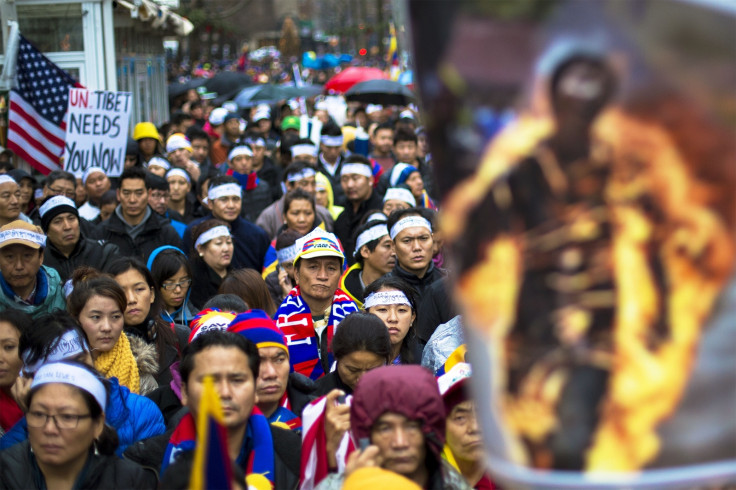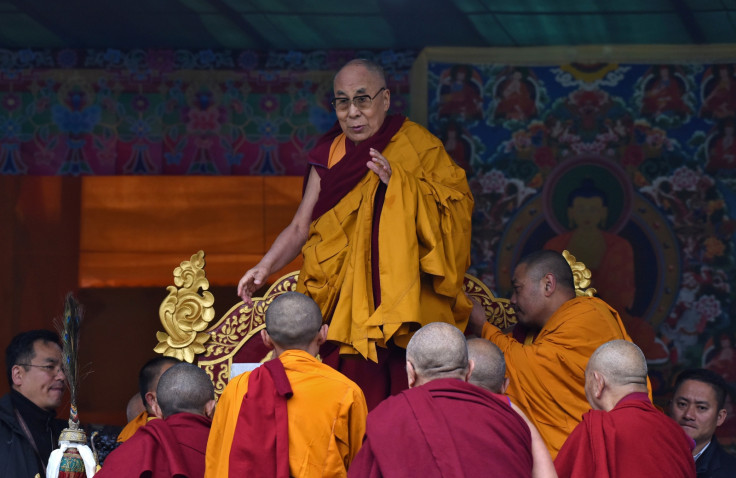The story behind the flame igniting the self-immolation protests in Tibet
Tibetans have been protesting for years for freedom from China and self-immolation has become their latest tool.

In the four months since the beginning of 2017, at least three Tibetans have set themselves on fire to protest against China's rule over Tibet — the first taking place in mid-March, the next a month later and the latest reportedly took place on 2 May.
It is not known if these three people – 24-year-old Pema Gyaltsen, an unidentified monk and a 16-year-old student named Chagdor Kyab — survived the self-immolation protest, but more than 100 people who did the same did not.
Media reports claim that a total of 149 Tibetans — mostly monks and nuns — have set themselves alight on crowded streets in different parts of Tibet Autonomous Region since 2009 when the first such self-immolation protest took place in Ngawa Tibetan and Qiang Autonomous Prefecture in Sichuan province in southwest China. The year 2012 was the fiercest, which saw 84 self-immolation protests in Tibet and one each in Beijing and India.
Where did the self-immolation flame originate?
The series of self-immolation protests in Tibetan region began after the March 2008 riots in which Tibetan mobs took to the streets in Lhasa, the administrative capital of the Tibet Autonomous Region, and attacked some ethnic Chinese communities in the city.
The unrest prompted Chinese authorities to impose a curfew and bar media organisations from covering the clashes. The authorities also reportedly locked down major Tibetan monasteries and nunneries following the incident. More than 1,000 were said to have been detained during the riots.
The issue at the core
China has been attempting to govern Tibet since the region began fragmenting after the fall of the Tibetan Empire in the 7th century. Back then, some Tibetan regions had local rulers while some other parts became part of the Chinese administration. But in 1913, Tibet declared independence from China, although Beijing never recognised the separation.
In 1950, China invaded the Tibetan territory and in 1951, the Tibetans signed a seventeen-point agreement affirming China's sovereignty over their land. The agreement approved an autonomous administration led by the Dalai Lama, who Tibetans revere as their spiritual leader.

However, ideological and political differences between the Dalai Lama and the Chinese administration resulted in the former fleeing to India in 1959, where he established the Central Tibetan Administration. The spiritual leader backs Tibetans demanding freedom from China, but has maintained a neutral stance on the self-immolation protests.
The reach and impact of the self-immolation protests
People demanding Tibet's freedom had taken to the streets, held marches and protests in the past, but the incidents of self-immolation have got them wider coverage in the international media, especially in the recent few years when social media has penetrated to every household across the world.
Videos of people setting themselves on fire or images of young men and women engulfed in flames shouting for Tibet's freedom has gone viral, getting the issue significant coverage. Moreover, many pro-Tibet non-governmental organisations circulate these videos outside China to seek help from the international community.
© Copyright IBTimes 2025. All rights reserved.





















